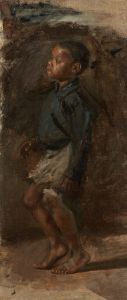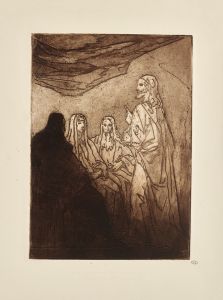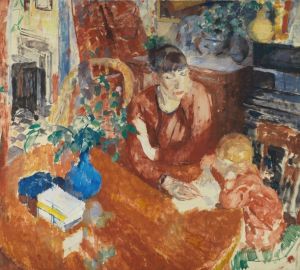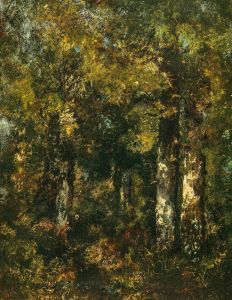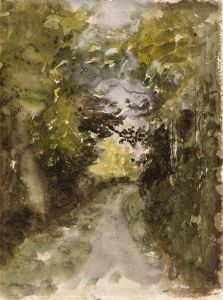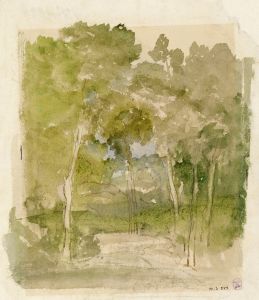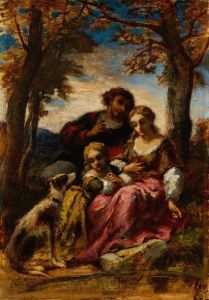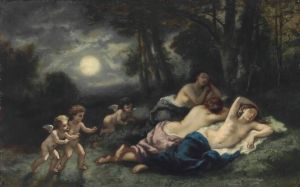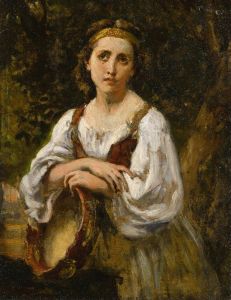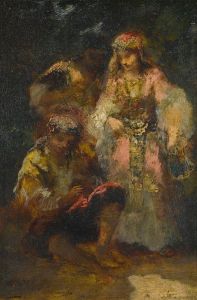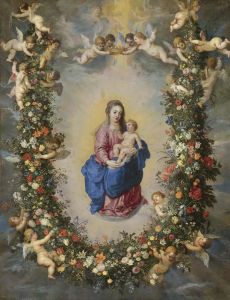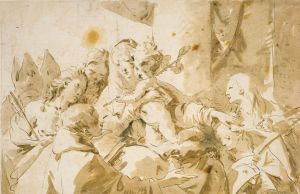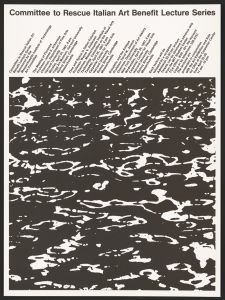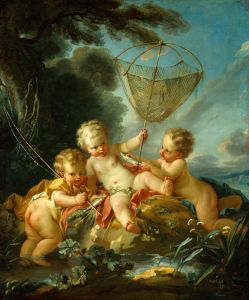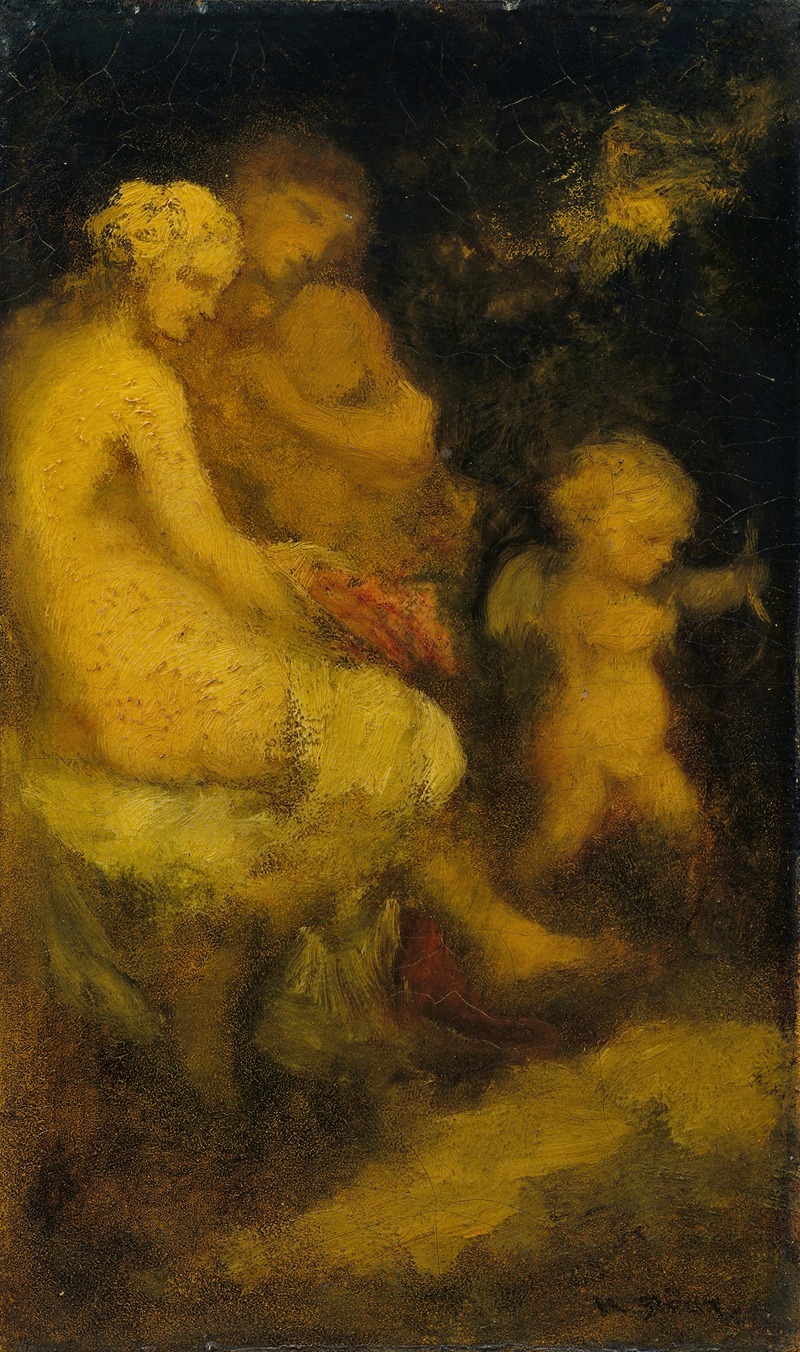
The Education of Cupid
A hand-painted replica of Narcisse-Virgile Diaz de La Peña’s masterpiece The Education of Cupid, meticulously crafted by professional artists to capture the true essence of the original. Each piece is created with museum-quality canvas and rare mineral pigments, carefully painted by experienced artists with delicate brushstrokes and rich, layered colors to perfectly recreate the texture of the original artwork. Unlike machine-printed reproductions, this hand-painted version brings the painting to life, infused with the artist’s emotions and skill in every stroke. Whether for personal collection or home decoration, it instantly elevates the artistic atmosphere of any space.
Narcisse-Virgile Diaz de La Peña's The Education of Cupid is a painting created by the French artist during the 19th century. Diaz de La Peña, a prominent member of the Barbizon School, was known for his romantic and atmospheric landscapes, as well as his depictions of mythological and allegorical subjects. This particular work, The Education of Cupid, reflects his interest in classical mythology and his ability to blend human figures with lush, natural settings.
The painting portrays the mythological figure Cupid, the Roman god of love, in a scene of instruction or guidance. Cupid is often depicted in art as a youthful figure with wings, holding a bow and arrows, which symbolize his role in inspiring love. In this work, Diaz de La Peña presents Cupid in a serene, wooded environment, surrounded by figures that appear to be nurturing or teaching him. The exact identity of these figures is not definitively documented, but they are likely drawn from classical mythology, possibly representing nymphs or muses.
Diaz de La Peña's use of light and color in The Education of Cupid is characteristic of his style. The painting features warm, golden tones and a soft, diffused light that enhances the idyllic and dreamlike quality of the scene. The artist's skillful rendering of textures, from the delicate foliage to the flowing garments of the figures, demonstrates his mastery of detail and his ability to evoke a sense of intimacy and harmony between the characters and their natural surroundings.
The painting is an example of Diaz de La Peña's broader interest in combining elements of Romanticism with the naturalistic approach of the Barbizon School. While the Barbizon artists were primarily focused on realistic depictions of rural landscapes, Diaz de La Peña often infused his works with a sense of fantasy and poetic imagination, as seen in The Education of Cupid.
The current location of The Education of Cupid is not widely documented, and further details about its provenance or exhibition history are limited. However, the work remains an important example of Diaz de La Peña's contribution to 19th-century French art and his ability to merge mythological themes with the natural beauty of the landscape.





